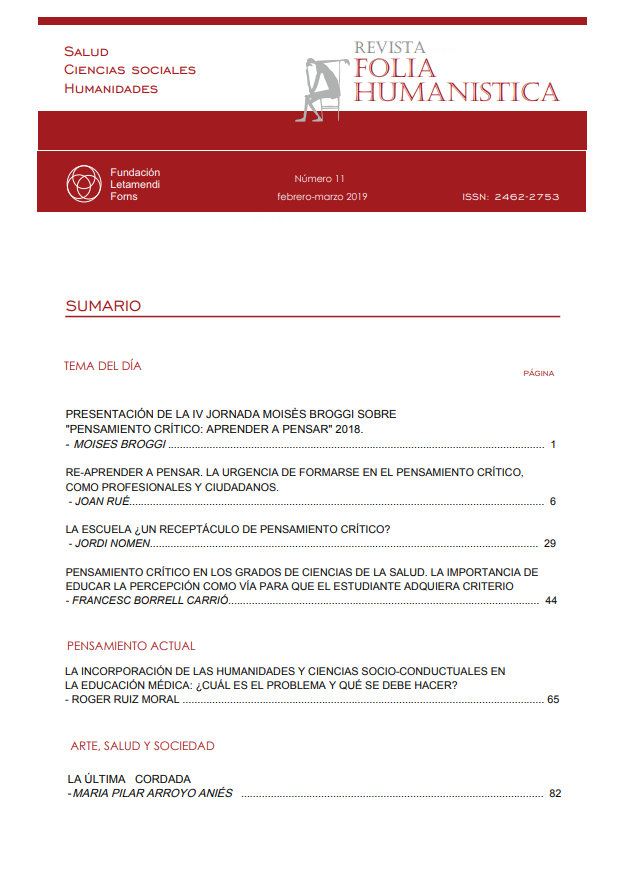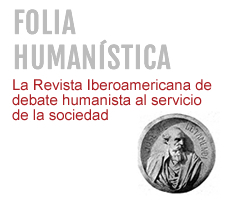La incorporación de las humanidades y ciencias socio-conductuales en la educación médica
¿cuál es el problema y qué se debe hacer?
DOI:
https://doi.org/10.30860/0050Keywords:
s, humanities, social and behavioral sciences, biomedicine, medical education, expanded reason, epistemology, ideologyAbstract
This article describes the difficulties that the humanities and social and behavioral sciences
(H&CSC) traditionally have for incorporating themselves as full members in medical
education analysing the reasons why this came about since the beginning of the 20th
century. The hegemony in medical education of biomedicine is identified as the core of this
difficulty and consequence of the multiple barriers and problems described for this
incorporation. Using the metaphor of the "russian dolls" and the concepts of "domain and
epistemic field", arguments for understanding the scope and consequences of this
"ideological hegemony" are offered. Finally, two strategies are also proposed which, to the
extent they respond to the essential arguments on which biomedical hegemony is founded,
they can be considered of enough importance and scope to counterweight the biomedical
hegemony and contribute to an effective integration of H&CSC: the need to incorporate as
educational axis an "expanded ratio" that incorporates epistemological and anthropological
perspectives that overcome materialistic empiricism, claiming the validity of methodologies
different from the purely quantitative ones, and second, to insist on the practical utility of
H&CSC and their methodologies for solving the current problems the medical practice need
to face.
Downloads
Published
How to Cite
Issue
Section
License
La Revista Folia Humanística se adhiere a Creative Common en la modalidad: Reconocimiento – NoComercial – CompartirIgual (by-nc-sa): No se permite un uso comercial de la obra original ni de las posibles obras derivadas, la distribución de las cuales se debe hacer con una licencia igual a la que regula la obra original.








